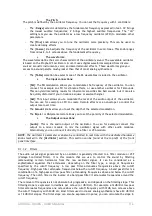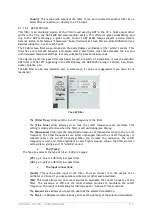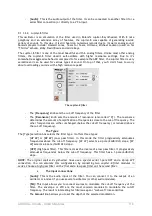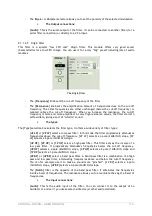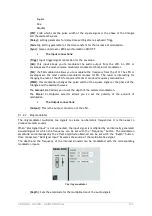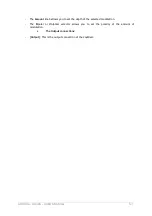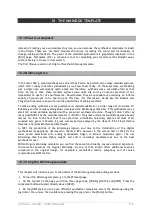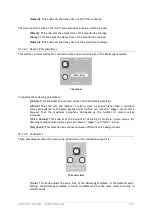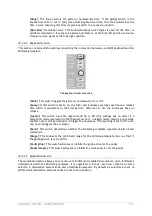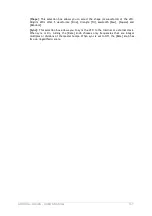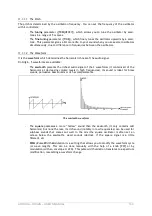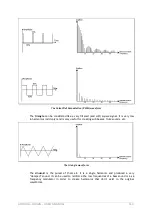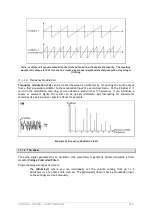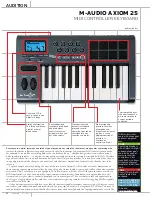
ARTURIA – ORIGIN – USER’S MANUAL
128
10
THE MINIMOOG TEMPLATE
10.1
What is a template?
Instead of creating your own modular structure, you can also use the synthesizer templates included
in the Origin. These are ‘pre-built’ modular structures, recreating the sound and functionality of
vintage analog synthesizers. The panel of the modeled synthesizers is graphically displayed in the
[Edit] page. Templates offer a convenient tool for tweaking your favorite synths straight away
without having to create it from scratch.
The first firmware version of Origin offers the Minimoog template.
10.2
Minimoog story
In the late 1960’s, sound synthesis was an art that had to be performed on large modular systems,
which didn’t really look like synthesizers as we know them today. On these systems, synthesizing
just a single note was already quite a task and therefore, synthesis was a specialist affair at that
time. On top of that, these modular systems were quite big and by no means practical (if not
impossible) to use for live performance. Nevertheless, they were capable of producing an infinite
variety of sounds yet to be heard (up to this day). For this reason, bands like the Beatles and
Tangerine Dream were known to use the possibilities of analog synthesis.
To make analog synthesis a more practical and understandable for a wider range of musicians, Dr
Bob Moog and his company Moog Music developed the Minimoog synthesizer. This synthesizer was a
small (44 notes) portable keyboard with a pre-wired synthesis structure. Though it didn’t offer as
many possibilities as the modular systems it did offer the great and warm sound Moog was already
famous for. Due to the fact that it was practical, affordable, relatively simple and most of all
sounded very good, it became it great success and was played by the likes of: Pink Floyd, Herbie
Hancock, Chemical Brothers and Kraftwerk.
In 1981 the production of the Minimoog stopped, and due to the introduction of the digital
synthesizers its popularity decreased in the late ‘80s. However in the second half of the 90’s the
warm sound associated with analog synthesizers began to attract musicians again. The old
Minimoogs then became highly sought, and still is nowadays considered as one of the best
synthesizers ever.
Within Origin’s Minimoog template, you can find the same functionality, layout and most important,
the same fat sound as the original Minimoog. On top of that, Origin offers additional features
compared to the original design, for example a modulation matrix, polyphony and of course
comprehensive MIDI control.
10.3
Using the Minimoog template
This chapter will introduce you to the details of the Minimoog template editing sections.
To load the Minimoog template, go to the [Preset] page.
On the top left of the page you’ll find three page tabs; [PGRM], [MULTI] and [NEW]. Press the
contextual button situated directly above [NEW].
On the [NEW] tab you can open different synthesizer templates, select the Minimoog using the
jog dial or the cursors, then validate by pressing the jog dial or the [Enter] button.

